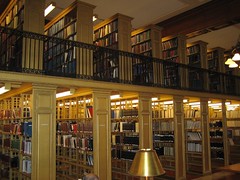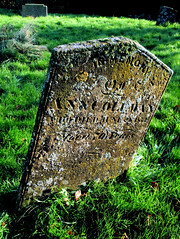What is Genealogy 2.0? Genealogist Kimberly Powell explains that “Genealogy 2.0 sites use advanced social computing and networking technologies like wikis, RSS, mapping, and online family tree building to help people connect with family members and other researchers”. For those dedicated family researchers, they can either purchase genealogy software or subscribe to a free web-based genealogy program such as Ancestry, MyHeritage or Footnote.
MYHERITAGE.COM
MyHeritage is a free genealogical social networking site. This website allows members to make family pages/sites, share multimedia, maintain a calendar, build family trees, and find relatives/ancestors. The Family Pages are online profiles for entire families. On these pages, MyHeritage members can invite other relatives to join and share photos and videos, schedule events, and, like other social networks, connect family members. At this time, a family tree can hold up to 250 people free of charge. More ancestors can be added for a fee.
One attribute of MyHeritage.com is Family Tree Builder (FTB). FTB is available in thirty-four different languages at this time. FTB is software offered by MyHeritage which lets a user put together a family tree, enabling a user to add information about his or her ancestors (i.e. dates – birth, marriage, and death, places lived, professions, and pictures). In addition, FTB can generate charts showing the relationship between two people. A user can build his or her tree online or offline; offline trees can be published to the family page. FTB features Smart Matching, which identifies people appearing on more than one family tree. So, if Jane Doe, 1867 – 1944, happens to be on two different trees, the members of the family page receive notices. Smart Matches contribute to the social networking component. People throughout the world can collaborate and research the same family!
Like many other social networking sites, MyHeritage can automatically tag people’s faces in photos when they are uploaded to family pages. If a picture of a person in the family tree is uploaded and tagged, then the MyHeritage software can also instantly match the two. Photo tagging leads into a fun part of MyHeritage.One of the MyHeritage’ bells and whistles from is facial recognition technology. Originally designed to help a user spot possible ancestors and/or relatives, the facial recognition technology now enables users to find out what celebrities they look like. By design, this software identifies human faces. An example of such is provided below.

In addition, users can see whether a child looks more like his/her mother or father when using the look-alike meter. Check out the results below on the right.

FOOTNOTE.COM
Footnote takes original documents and mixes it with social networking. This creates collaboration amongst people throughout the world. Footnote has digitized documents dating back to the United States Revolutionary War as well as a place for members to share their thoughts, feelings, and experiences with the document access granted by Footnote.
Exercises
- Have you ever wondered which celebrities you most resemble? Do you look like your mom or your dad? Create a free account with MyHeritage. Either make a Celebrity Collage or use the Look-alike Meter to find out whose looks you favor. When you finish, use the widget to add the results to your iHCPL blog.
- Go to Footnote and browse the Member Discoveries. What did you think of what people are doing on Footnote?
This module brought to you by Jorie Nissen (FM), Laura Smith (FM) & Rhiannon Perry (LAP).
HCPL Staff: Have you completed this exercise? Dont' forget to submit your Registration of Completion.











